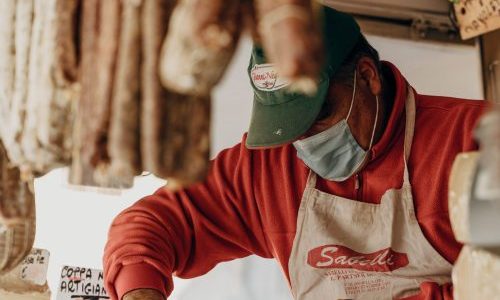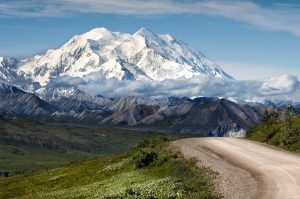Governor Mike Dunleavy has, in fact, issuing Administrative Order 331. It has established the Alaska Food Security and Independence Task Force.
Alaska and Food Supply Imports
Currently, Alaska imports 95 percent of its food supplies at the cost of $2 billion per year. The global COVID-19 pandemic has triggered supply chain disruptions on the West Coast. This is in the United State. It will continue to impact the regular delivery of food and plus other essential goods to Alaska. There is an 18 member task force that will be responsible for recommendations. That is on how to increase all types of food production. Plus, harvesting in Alaska, and identifying any of the statutory or regulatory barriers. It would include preventing the state from achieving greater food security.
“Also, over the past two years, Alaskans walking into grocery stores and then been greeting by row after row of empty shelves,” said Governor Dunleavy. “There is one of the lessons which pandemic taught us. That is how vulnerable the state would be with regularly scheduling shipments of food shipping up from Seattle suddenly stop. Actually even a few days. In fact, there is good news. Actually, Alaska does have tremendous potential to grow, harvest, and catch more nutritious food for in-state consumption. There are recommendations from the task force that will draw a roadmap for my administration. Also the legislators and Alaska’s food producers to make Alaska more food secure when the next time the supply chain is disrupted.”
Task Force Duties and Responsibities
Some of those duties and responsibilities include: providing recommendations that are going to increase the procurement and use of Alaska-sourced foods. That is within State and local agencies, institutions, and schools, which include any administrative and statutory changes which are therefore requiring Also identify the barriers that farmers, stock growers, fishermen, mariculture professionals, and then others engaged in the growing, harvesting, or raising of food, face when starting a business or getting their products into the Alaska market.




